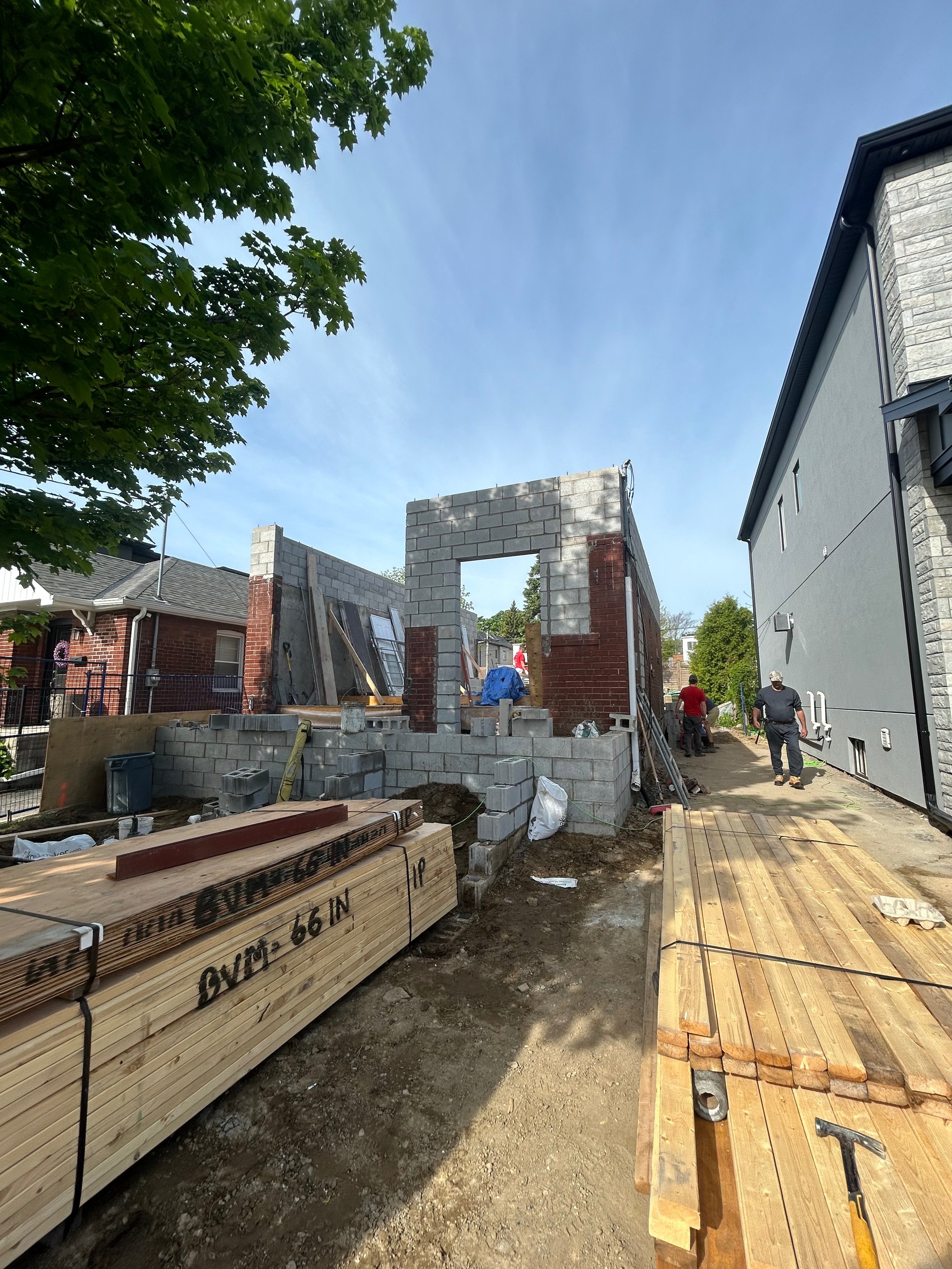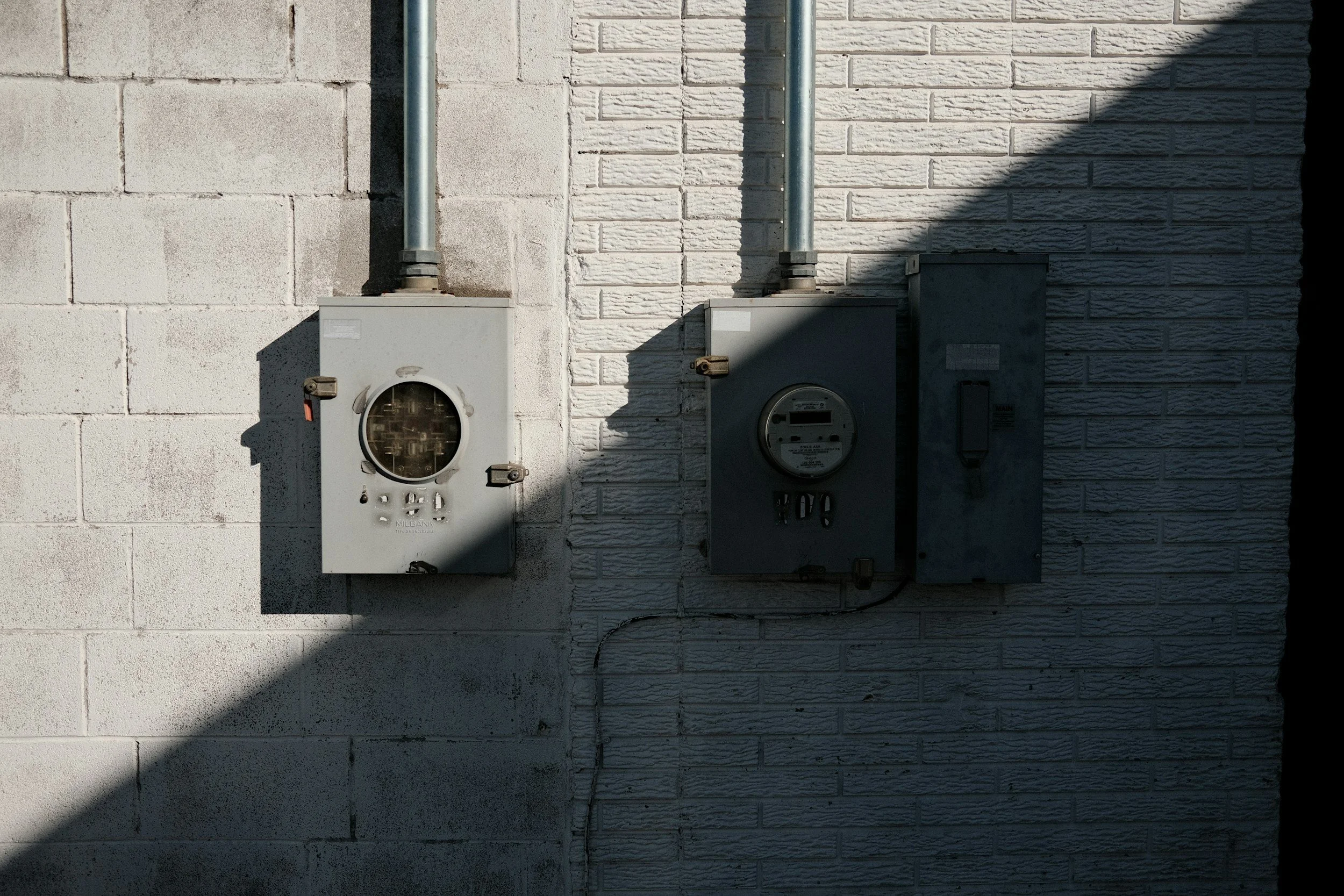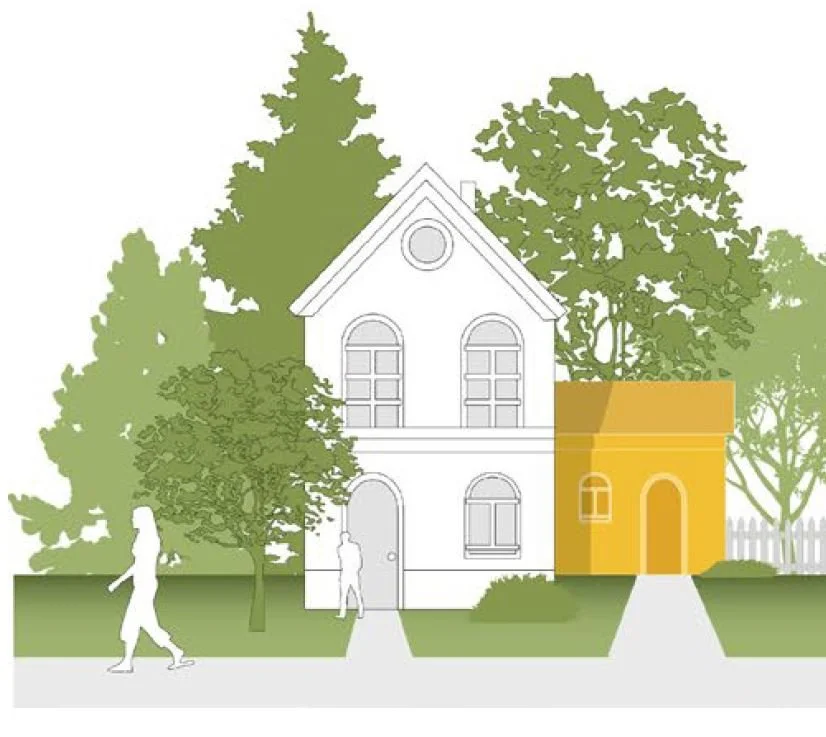TLDR: Three contractors quoting the same renovation project can vary by $100,000+ due to different estimation methods, not profit margins. Cost per square foot estimates have up to 35% error rates, past project estimation ranges 10-25% error, while bottom-up estimation achieves -5 to 10% error. BVM Contracting uses detailed bottom-up methodology—itemizing hundreds of line items from demo to finishes before contract signing—achieving 95% accuracy between preliminary estimates and final costs. The contractor asking the most questions and providing itemized breakdowns is being accurate, not difficult. Understanding estimation methodology protects homeowners from lowball traps and costly surprises mid-project.
Here’s another reason not to trust a cost per square foot estimate EVer again
Let’s say that you send the same project details to three renovators or home builders. One comes back at $250,000. Another says $300,000. The third quote is $350,000.
Same house. Same scope. Same city.
Most homeowners assume the difference in cost is about profit margins, company size, or whether the company wants your business. It's not.
The real difference is how each team calculates your estimate and how much information they have about your house, property, and project. These methodology gaps can cost you upwards of six figures.
The above numbers are not hypothetical
The above numbers (rounded of course, but similar spread) were given to one of our “should’ve been” clients a few years ago. They decided to go with the cheapest of the three. Our cost estimate was the $350,000 one.
What ended up happening? Well, you could probably guess.
The project ended up costing nearly the exact same amount that we initially quoted, except the client’s path to that number was a lot more stressful.
We now have a “should’ve been” client that we didn’t even work with, who has referred us a lot of business because they don’t want their friends and family to make the same mistake that they did.
“Don’t do what I did” is a powerful statement and really gets people thinking about the right way to approach the pre-construction process for their renovation or home-building project. And that is usually where BVM comes in.
The Three Estimation Methods
Construction estimates fall into three categories, each with wildly different accuracy rates.
Cost per Square Foot Estimating
Cost per square foot is the fastest method. Take your square footage, multiply by a local average, add some buffer. Done in minutes.
The error rate? Up to 35%, especially with more complex projects.
That's not a typo. On a $300,000 project, you could be off by $105,000. Nine out of 10 construction projects experience cost overruns, and this methodology is a major reason why.
Past Project Estimating
Past project estimation is more refined. Contractors look at similar jobs they've completed and adjust for your specific circumstances.
Error rate: 10-25%.
Better, but still means a $300,000 estimate could land anywhere between $270,000 and $375,000.
Bottom-up Project Estimating
Bottom-up estimation breaks your project into hundreds of individual line items. Every material. Every labor hour. Every finish detail.
Our error rate with this method: -5 to 10%. Yes, you are reading that correctly, we sometimes have a negative error rate.
That's not marketing speak. That's what happens when you itemize everything from demo to finishes before anyone signs a contract.
Why The Spread Exists
Here's what's actually happening when you get three wildly different quotes.
The team asking more questions will come in higher. Always.
Because they understand your project better. They're catching details the others missed. They're pricing what you actually want to build, not what fits their template.
The lowest quote often comes from teams using cost per square foot. They're not being thorough. They're being fast.
And in down markets, contractors get desperate. When interest rates spike and demand drops, teams will lowball just to get deposits. They know the price will increase later, after you're committed.
We're watching this play out right now in Toronto.
The Lowball Trap
Here's the sequence: You get an attractive preliminary estimate. You sign. You pay a deposit.
Then the real numbers start appearing.
Maybe it's after the contract is signed. Maybe it's once design starts. But the cost creeps up, and suddenly you're locked into a project that costs 20-30% more than you budgeted.
Some contractors genuinely don't know their estimates are wrong. They're using flawed methodologies.
Others know exactly what they're doing. They're trading accuracy for speed, betting you won't walk away once you've invested time and money.
When you lower your costs to win work, you're devaluing what you do. And that creates a lose-lose situation for everyone.
How Bottom-Up Actually Works
Most contractors say they can't be accurate without complete architectural drawings. We do it anyway.
Here's how.
We've built a database of hundreds of past projects. Every scenario we've priced. Every material cost. Every labor hour for every type of work.
Before we give you a number, we ask for everything: existing floor plans, inspection reports, surveys, building dimensions, existing conditions, sketches of what you want to build, even Pinterest boards.
Then we get granular. Not "framing costs" as a category. Individual line items like "framing of cantilevered floor system for second level extension"
We itemize from demo to finishes. We include contingency items for unknowns. We list finishing items you'll need to source separately.
This takes more time upfront. Way more time.
But it produces estimates that hold. Industry standards show bottom-up methods deliver accuracy within -5% to +10%. We hit that range 95% of the time.
Sometimes we even overestimate, and the final cost comes in lower than our preliminary numbers. Why? We would rather work the budget down than the other way around.
The Filtering Strategy
Here's where we differ from most contractors.
We use this process as a filter.
Homeowners who won't provide the information we need? We don't give them pricing. Not because we're difficult, but because accurate estimation requires accurate input.
The ones who engage with the process become our ideal customers. They value thoroughness. They understand that good information upfront prevents disasters later.
It's an immediate differentiator in a market where most contractors are racing to give you a number as fast as possible.
What This Means For You
When you're evaluating estimates, you're not just comparing numbers. You're comparing methodologies.
The contractor who asks the most questions isn't being difficult. They're being accurate and exacting.
The fastest quote isn't necessarily the best deal. Speed in estimation usually means assumptions, and assumptions mean surprises.
Ask every contractor: What estimation method are you using? How granular is your breakdown? What's your typical variance between preliminary estimates and final costs?
Most won't volunteer that they used cost per square foot. But if they can't show you an itemized breakdown, that's your answer.
With only 31% of construction projects delivered within 10% of budget in recent years, understanding estimation methodology isn't academic.
It's financial protection.
The $100,000 difference between quotes isn't about one contractor being expensive and another being affordable. It's about one team guessing and another team calculating.
Choose the team that calculates.
About BVM COntracting
BVM Contracting is a full-service General Contractor or Home Builder located in Toronto. We provide home renovation and building services for major home renovations and custom home builds (full interior renovations, home additions, lot severances, new home construction, garden suites, and laneway suites). Our goal is to help guide our clients through the process of building their home, from concept to completion.
Further than providing General Contracting and Project Management for major home renovations, we also offer value-added services such as renovation financing, renovation rebate consultations and services, building permit and design services, smart home installation services, and real estate investor services.
To learn more about our offering by visiting our services page. Learn more about our vision, mission, and values here.















